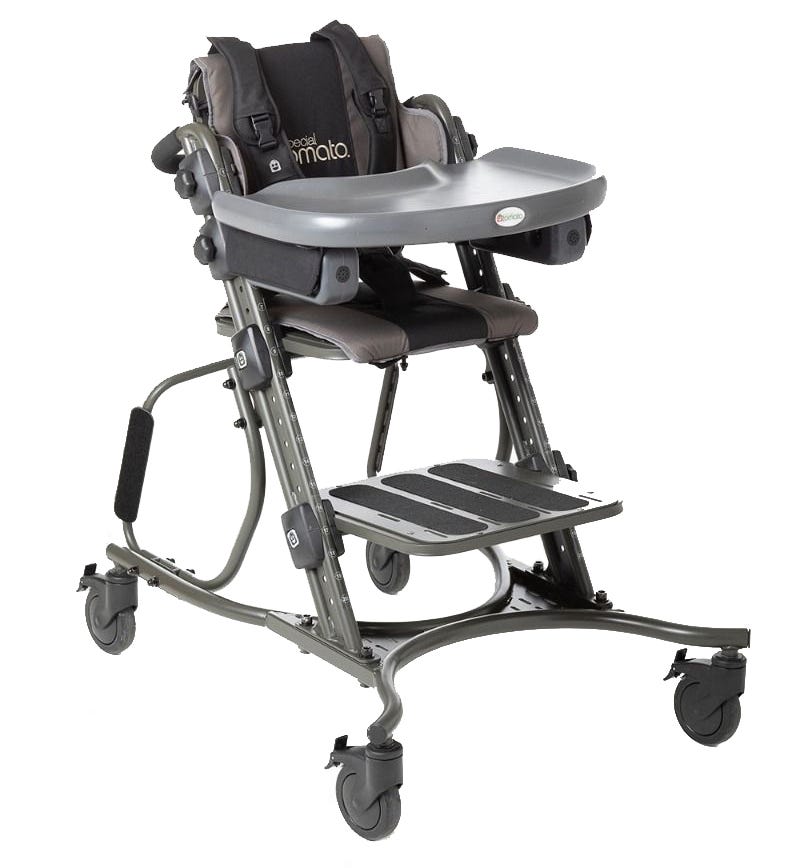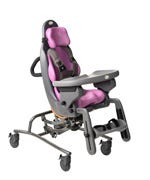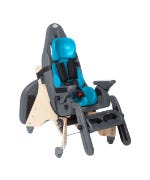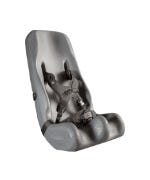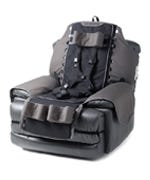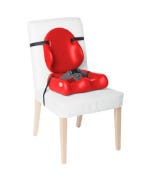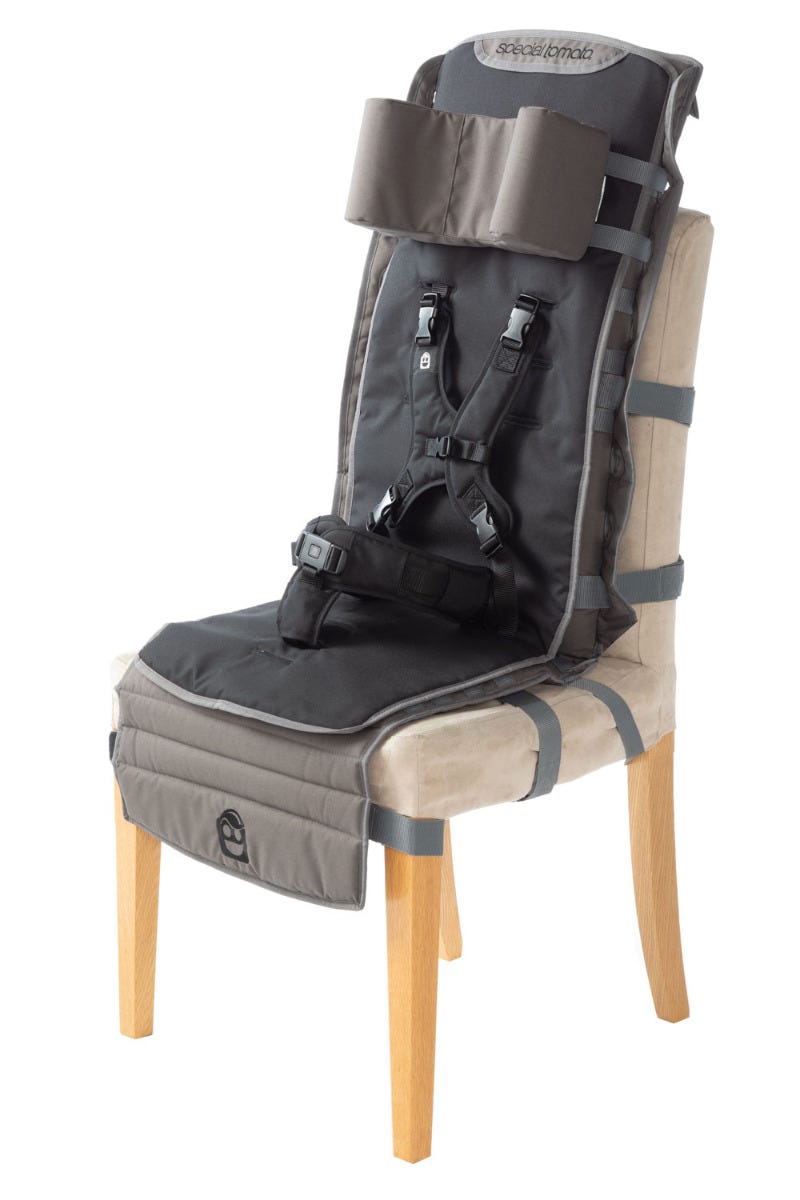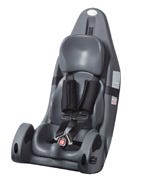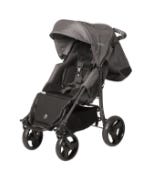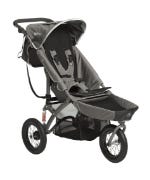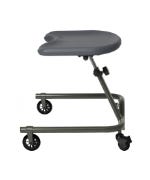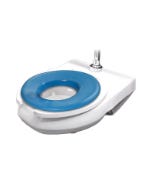How to Choose the Best Seating System
By Katie Bergeron Peglow, PT, MS
With so many special needs seating system options available, finding the best one can be an overwhelming task. There are a few basic questions that you need to ask yourself. Here are four to get you started.
Home: Special needs seating systems at home can be diverse. One type of adaptive equipment that is versatile enough to meet many different applications for special needs seating are the Hi Lo Chairs. These adaptive seating systems offer bases that adjust the seat height to countertops, down on the floor, and everywhere in between. This versatility in positioning allows one special needs seating system to be used throughout the home for different purposes.
School: In a school setting, Mobile Seating Systems offer the ability to keep a child positioned in their seating system, but still move them around the classroom to different stations as well as move them around the school. This cuts down on the need for multiple seating systems saving the school money. It also allows the child to spend more time learning.
Around the Town: Special needs Portable Seating Systems are a great option for children who need some support to sit up, but either don’t require a wheelchair or, the wheelchair is too bulky to fit into a tight spot like Grandma’s kitchen when the whole family is visiting. These Portable Seating Systems are designed to give pelvic, and sometimes trunk support, for those with mild positioning needs. Another part of their design is that they are created to be portable and versatile to attach to a variety of standard chairs.
It is always important to order a special needs seating system to fit your child now. However, you also want to make sure that there will be years of growth available in the adaptive seating system that you purchase. Most special needs seating systems have plenty of growth built into them. Your child's most important measurements for fitting a special needs seating system are:
- Hip Width - corresponds with width of the seat width
- Chest Width - corresponds with width of the seat back
- Shoulder Width - corresponds with width of the seat back
- Seat to Top of Head - corresponds with height of the seat back
- Seat to Top of Shoulders- corresponds with height of the seat back
- Thigh Depth - corresponds to the seat depth
- Foot to Back of Knee - corresponds to the footrest to seat height
- Weight - corresponds with the maximum weight capacity of the seat
Our therapists can help you with a proper fit… to start please click SIZING HELP and complete a simple form. Special needs seating systems offer extra support to help the user maintain a sitting position. The amount of support can be customized by adding different accessories for the areas of the body that need assistance. To view the available accessories for each item, click on the "Accessories" Tab. Some of the most common areas that require positioning accessories are: head, trunk, pelvis, and feet.
Typically "Bells + Whistles" on special needs seating systems add to the user’s and the caregiver’s experience. A Tray provides a surface for activities like eating, drinking, games and crafts. Casters provide an easy way to move the child from room to room without having to change adaptive equipment. A Grab Rail offers a secure place for the user to hold onto to brace their arms so that they can work on lifting their head.
Please feel free to or call us toll free at (800) 371-2778 with any questions that you may have about finding the best special needs seating system choice for you and your child.


